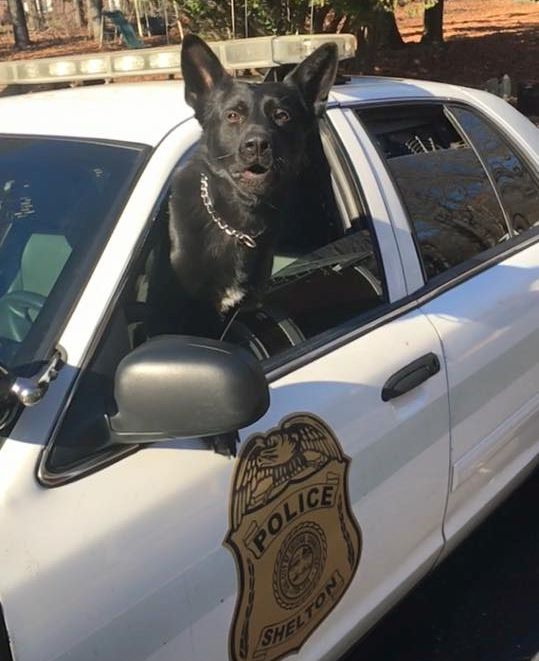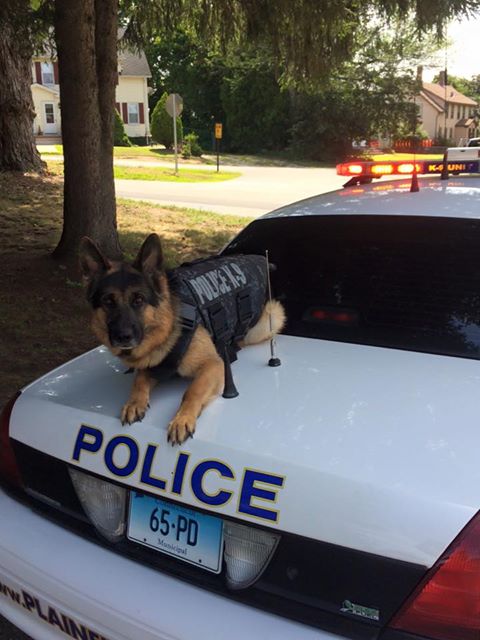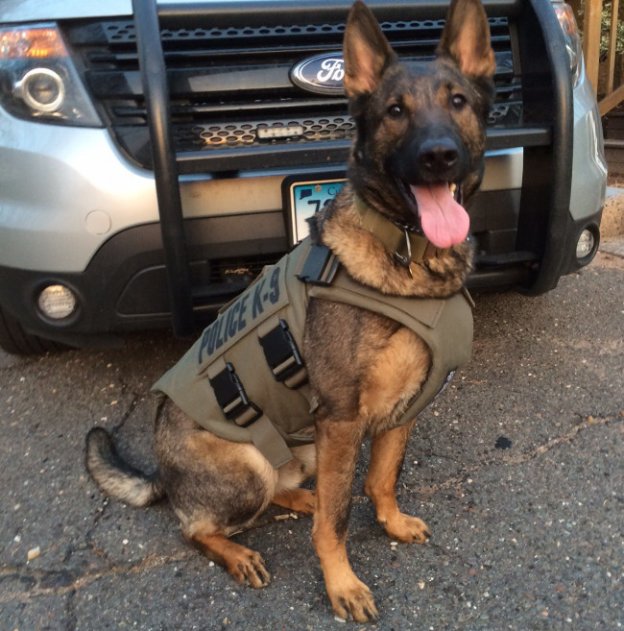Sporadic news reports over the years have suggested that police drug dogs were able to detect anabolic steroids during traffic stops and other police encounters. Most bodybuilders dismissed these rumors as something of an urban legend. No one really expected law enforcement agencies to waste valuable time and resources training dogs to detect steroids. But they do. They really do.
The Connecticut State Police Academy has a rigorous and intensive 11-week training course that will train dogs to detect narcotic drugs such as heroin, fentanyl, cocaine, crack, ecstasy, methamphetamine and marijuana. And they will also be trained to imprint for the odor of non-narcotic “anabolic steroids” as well. The academy’s Narcotics Detection K-9 Course has specifically included anabolic steroids as a target drug in its program for almost a decade.

All police dogs that have received certification from the Connecticut State Police K-9 Unit (CSP K9) since at least 2009 have been trained to detect “anabolic steroids”. And given that all K-9 dogs must undergo continuing narcotics training every three months in order to maintain their certification, it is likely that most police dogs in Connecticut have specifically been trained to alert to anabolic steroid detection.
While we know that police dogs can imprint on the odor of almost any substance, the question remains ‘how effective are CSP K9 graduates at detecting the various different types of anabolic steroids?’ The problem fo K9 trainers is that “anabolic steroids” represent a class of drugs and not a single drug substance.
“Anabolic steroids” literally comprise dozens of different substances. For example, a short, non-exhaustive list of commonly used steroids would include Anadrol (oxymetholone), Anavar (oxandrolone), Deca Durabolin (nandrolone decanoate), Dianabol (methandienone), Masteron (drostanolone propionate), Oral Turinabol (dehydrochloromethyltestosterone), Primobolan (methenolne enanthate), Testosterone, Trenbolone, Winstrol (stanozolol).
Does CSP’s Narcotics Detection K-9 Course really dedicate such extensive training resources for detecting these various different steroids? CSP would need to acquire laboratory reference standards for all of the different anabolic steroids and train the dogs to specifically imprint for the odor of each and every steroid. This is highly improbable.
It may seem easier for drug dogs to be trained to detect a few of the generic fillers, binders, solvents and carrier oils most commonly used in the manufacture of oral steroid pills and injectable steroid liquids. However, the legality of a dog search would be questionable if it did not alert to a specific steroid substance that it was specifically trained to detect.
So, if Connecticut State Police K-9 Unit graduates are really trained to detect steroids, it is likely that they are only trained to detect a very limited number steroids. For example, they may be trained to smell popular steroids such as testosterone or nandrolone. As a result, it would technically be true that the dogs can detect “anabolic steroids”. But it would also be equally true that they would fail to alert on most anabolic steroids (that they were not imprinted to detect). This means that the ability of police drug dogs to detect steroids is vastly overstated.


